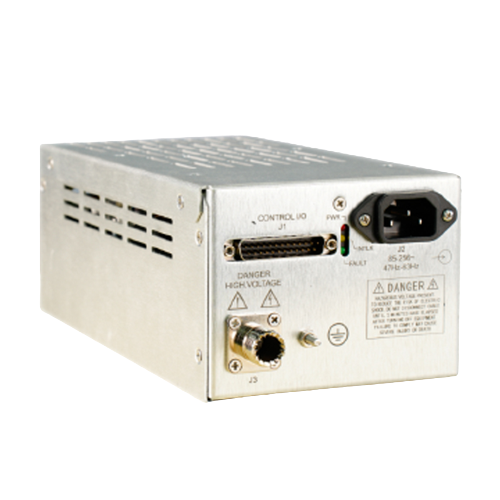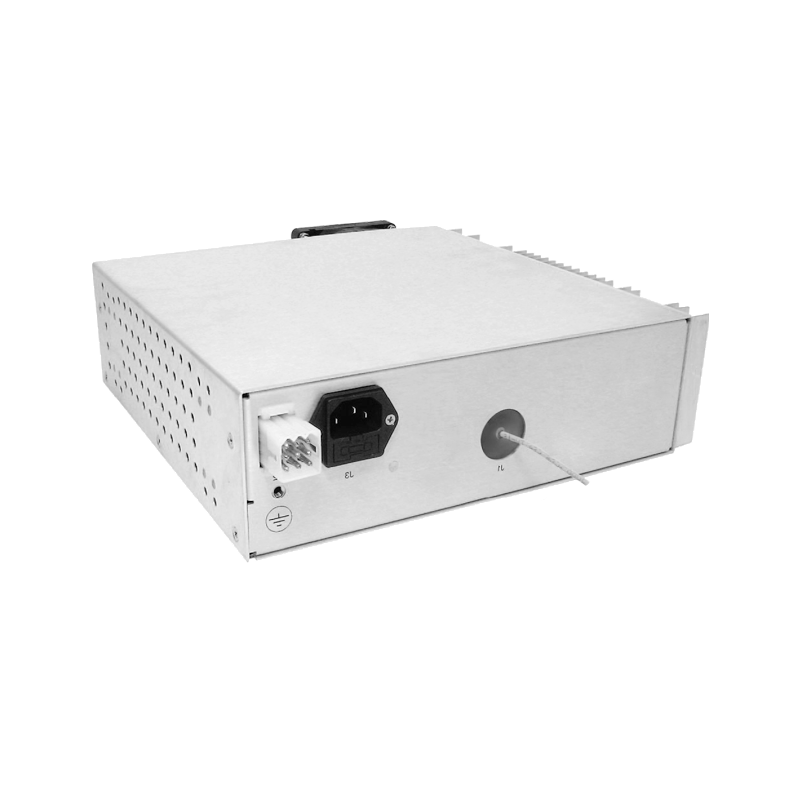The Industry Application and Trend of Ultra-Low Frequency High Voltage Generators
I. Introduction
Under the backdrop of today's rapid development of technology, high voltage power supplies, as a key technical equipment, play an indispensable role in many fields. In particular, ultra-low frequency high voltage generators, with their unique performance advantages, have shown broad application prospects and tremendous market potential in multiple industries. From a professional perspective, this article will delve into the current industry applications and future development trends of ultra-low frequency high voltage generators.
II. Basic Principles and Characteristics of Ultra-Low Frequency High Voltage Generators
Ultra-low frequency high voltage generators are devices capable of generating high voltages at extremely low frequencies (usually between 0.1Hz and 100Hz). Compared with traditional power frequency high voltage generators, they have higher precision and adjustability in terms of waveform, frequency, and voltage control. These devices mainly consist of the high voltage generator body, control system, and output interface. Through precise control algorithms and advanced power electronics technology, accurate adjustment of output voltage and frequency is achieved.
III. Industry Applications of Ultra-Low Frequency High Voltage Generators
1. Power System Inspection and Maintenance
In the power system, ultra-low frequency high voltage generators are widely used in the insulation performance testing of insulators, transformers, cables, and other equipment. Due to their low output voltage and adjustable frequency characteristics, they can effectively simulate various working conditions of the equipment in actual operation, thereby accurately assessing the insulation status of the equipment and timely discovering potential safety hazards.
2. Medical Equipment Research and Development and Production
In the field of medical equipment, ultra-low frequency high voltage generators are mainly used in the research and development and production process of X-ray machines, CT scanners, and other imaging equipment. By precisely controlling the high voltage output, stable and high-quality images can be ensured under various working conditions, improving the accuracy and reliability of diagnosis.
3. Scientific Research and Education Fields
Ultra-low frequency high voltage generators also play an important role in the fields of scientific research and education. They can not only provide a stable and reliable experimental platform for researchers to help them deeply study the impact of high voltage electric fields on biology, chemistry, and other fields but can also serve as teaching equipment to help students better understand the working principles and application scenarios of high voltage power supplies.
IV. Future Development Trends of Ultra-LowType High Voltage Generators
1. Intelligence and Automation
With the continuous development of artificial intelligence and the Internet of Things technology, future ultra-low frequency high voltage generators will pay more attention to intelligence and automation. Through the introduction of intelligent algorithms and remote control technology, functions such as remote monitoring, fault diagnosis, and automatic adjustment of equipment can be realized, improving the operating efficiency and reliability of the equipment.
2. Green and Environmental Protection
Under the increasing global awareness of environmental protection, future ultra-low frequency high voltage generators will pay more attention to green and environmentally friendly design. By adopting high-efficiency power electronic devices and environmentally friendly materials, the energy consumption and electromagnetic radiation of the equipment can be reduced, minimizing the impact on the environment.
3. High Performance and High Precision
To meet the growing market demand, future ultra-low frequency high voltage generators will further improve performance and precision. By optimizing circuit design and improving manufacturing process levels, higher voltage output, lower frequency fluctuations, and more accurate voltage control can be achieved.




















